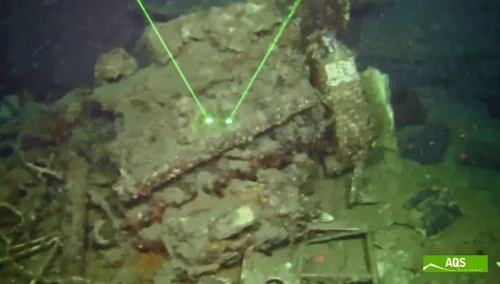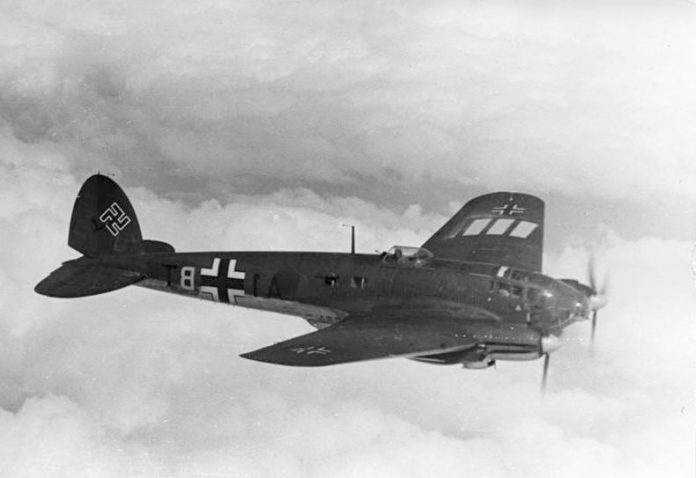“Perhaps the strangest thing was when I found a roof. Far away from absolutely everything.”
A routine underwater survey took an unexpected turn when Martin Johnsen, a skipper at service provider AQS, spotted the wreckage of a German World War II aircraft on the seabed off the Norwegian coast.
Johnsen and his crew aboard the “AQS Nordland” were conducting a standard seabed survey west of Tjøttfjorden in Alstahaug municipality when an unusual shape appeared on their remotely operated vehicle (ROV) monitor. The vessel’s crew, typically tasked with mapping the ocean floor for aquaculture and environmental research, were momentarily transfixed by the discovery.
A Chilling Encounter
“It’s probably the coolest thing I’ve ever found,” Johnsen told media outlet Kystens Næringsliv. “I thought, ‘What on earth is that?’ It’s not every day you stumble upon something like this.”
The aircraft remains, scattered across the seabed, initially puzzled the crew. Closer inspection of the engine block suggested it was a V12 Jumo engine—a telltale sign of a Junkers Ju 88, a widely used Luftwaffe bomber. However, aviation historians are now debating whether the wreckage could, in fact, be a Heinkel He 111, another German bomber type that saw heavy action in Norway.
An Aviation Mystery
The discovery has since drawn the attention of aviation experts. Museum curator Guttorm Fjeldstad of the Norwegian Armed Forces Aircraft Collection at Gardermoen reviewed the images and pointed out structural differences that might indicate a Heinkel rather than a Junkers.
“The Ju 88 doesn’t have the reinforced rod through the rudders like this wreck does,” Fjeldstad explained. “There are some structural elements that suggest it could be a Heinkel He 111, which was used heavily in Norway during the war.”
Museum director Simen André Singstad Knutssøn at the Norwegian Air Force Museum in Bodø agrees that the wreck is of significant historical interest. “This is most likely a German bomber from World War II. There were many such aircraft stationed in Norway, used to attack Allied convoys traveling between Britain and the Soviet Union.”

An Untouched War Relic?
The wreckage’s exact origin remains a mystery. Did the aircraft crash, make an emergency landing, or was it shot down? Without more evidence, the circumstances surrounding its demise remain unclear. Norwegian authorities have been notified, and archaeologists will assess the site to determine its historical significance.
German warplane wrecks remain under the jurisdiction of the Norwegian state, while Allied aircraft belong to their country of origin. If human remains are found within the wreckage, the site could be classified as a war grave, further complicating any potential recovery operations.
For Johnsen and his team, the discovery was a stark contrast to their usual work. “We survey for endangered species and monitor conditions for fish farming,” Johnsen said. “Finding something like this was completely unexpected.”
Despite further searching, the crew found no additional wreckage. “I’m not going to lie. We were glued to the screen, hoping for more. But that was it,” Johnsen said.


